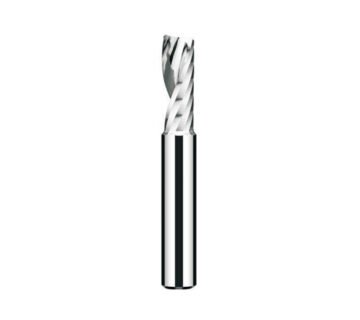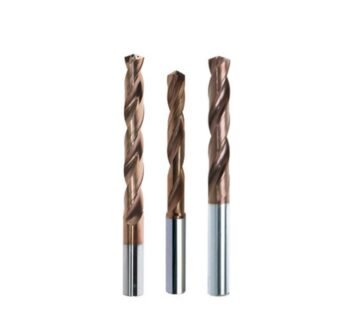Tungsten carbide drill bits are reliable and durable tools, but like any other equipment, they can encounter problems during use. This article discusses some common issues that users may face with tungsten carbide drill bits and provides detailed solutions to overcome them.
Dull Cutting Edge:
Problem: Over time, the cutting edge of the tungsten carbide drill bit can become dull, resulting in poor drilling performance and increased heat generation.
Solution: Sharpen or replace the drill bit. Depending on the level of wear, using a diamond bench stone or a grinding wheel can help restore the cutting edge. However, if the wear is extensive or the drill bit is damaged, it is recommended to replace it with a new one.
Chip Clogging:
Problem: When drilling through certain materials, such as aluminum or plastics, the drill bit can experience chip clogging. This can lead to reduced cutting efficiency and increased heat buildup.
Solution: Use appropriate cutting fluid or lubricant to facilitate chip evacuation and reduce friction. Peck drilling (intermittent drilling) can also help relieve chip buildup. Additionally, adjusting the drilling speed and feed rate can help optimize chip evacuation and prevent clogging.
Chipping or Breaking:
Problem: Excessive forces or improper drilling techniques can cause tungsten carbide drill bits to chip or break, leading to premature failures.
Solution: Ensure proper drilling technique, including applying consistent pressure, avoiding lateral forces, and maintaining the correct speed and feed rate. If the material being drilled is exceptionally hard or challenging, it might be necessary to use a specialized drill bit designed for such applications. Additionally, regularly inspect the drill bit for any signs of damage or wear, and replace it if necessary.
Overheating:
Problem: Drilling at high speeds or without proper cooling can result in the overheating of the tungsten carbide drill bit. This can cause the cutting edge to soften, reducing its effectiveness and shortening the lifespan of the drill bit.
Solution: Use suitable cutting fluid or lubricant to provide cooling and reduce friction during drilling. Adjust the drilling speed and feed rate to prevent excessive heat generation. If needed, take breaks during drilling to allow the drill bit to cool down.
Workpiece Damage:
Problem: In some cases, tungsten carbide drill bits can inadvertently damage the workpiece surface, resulting in an undesirable finish or structural integrity issues.
Solution: Ensure proper workpiece clamping to maintain stability and prevent movement during drilling. Properly centering the hole and using the correct drill bit size for the desired hole diameter can also help minimize workpiece damage. Additionally, controlling drilling forces, speed, and feed rate can prevent excessive material removal and minimize the chances of workpiece damage.
In conclusion, while tungsten carbide drill bits are known for their durability and performance, encountering problems during use is not uncommon. By addressing these common issues and implementing the provided solutions, users can overcome challenges and maximize the effectiveness and lifespan of tungsten carbide drill bits, ensuring efficient and successful drilling operations.



No comment